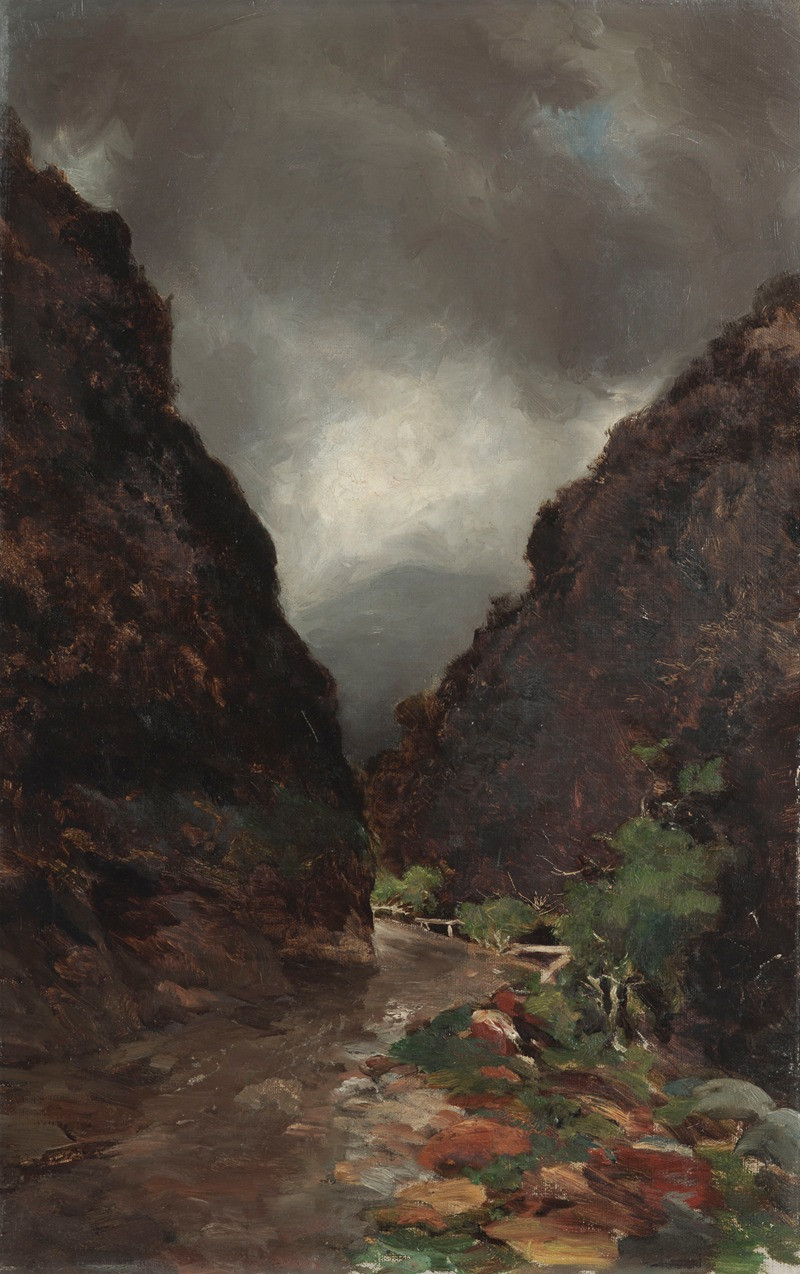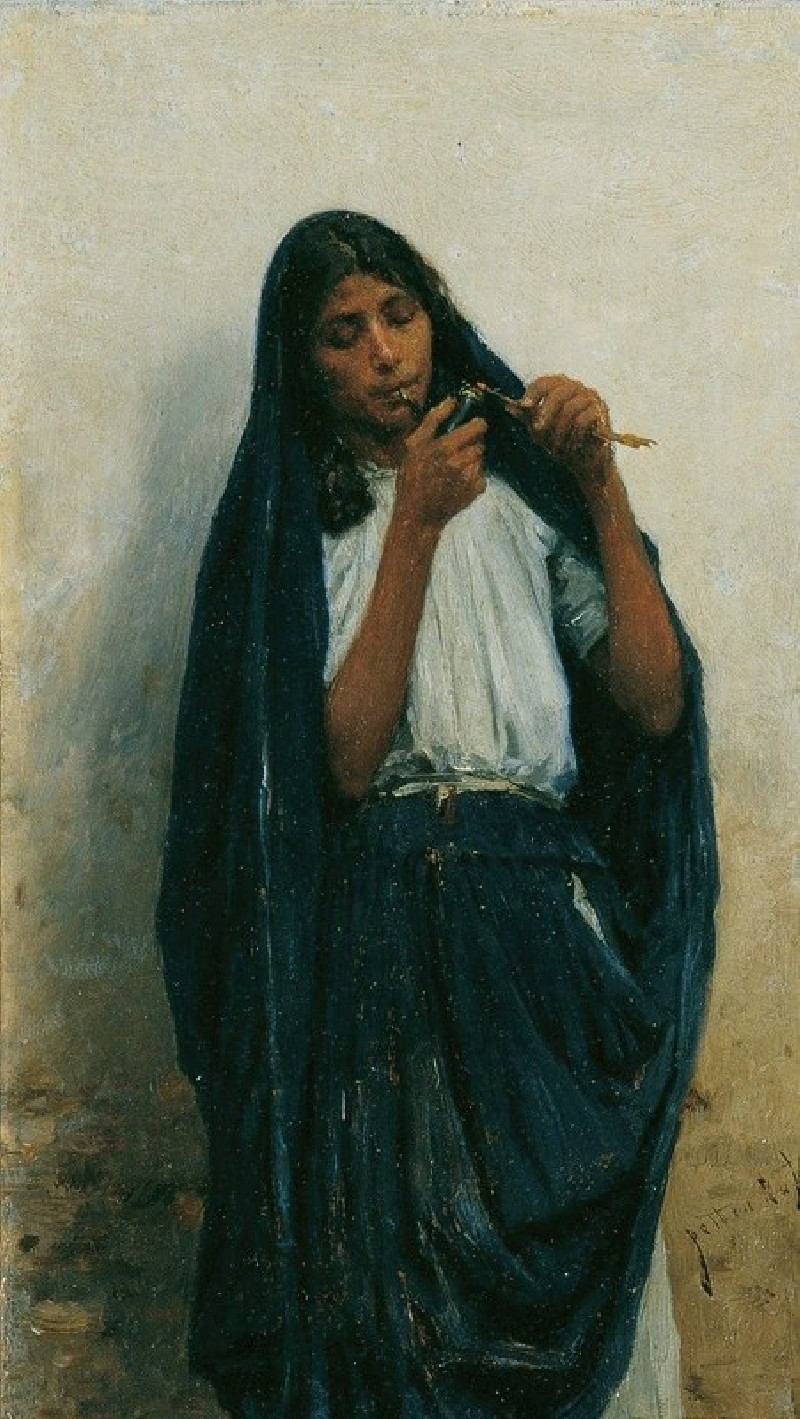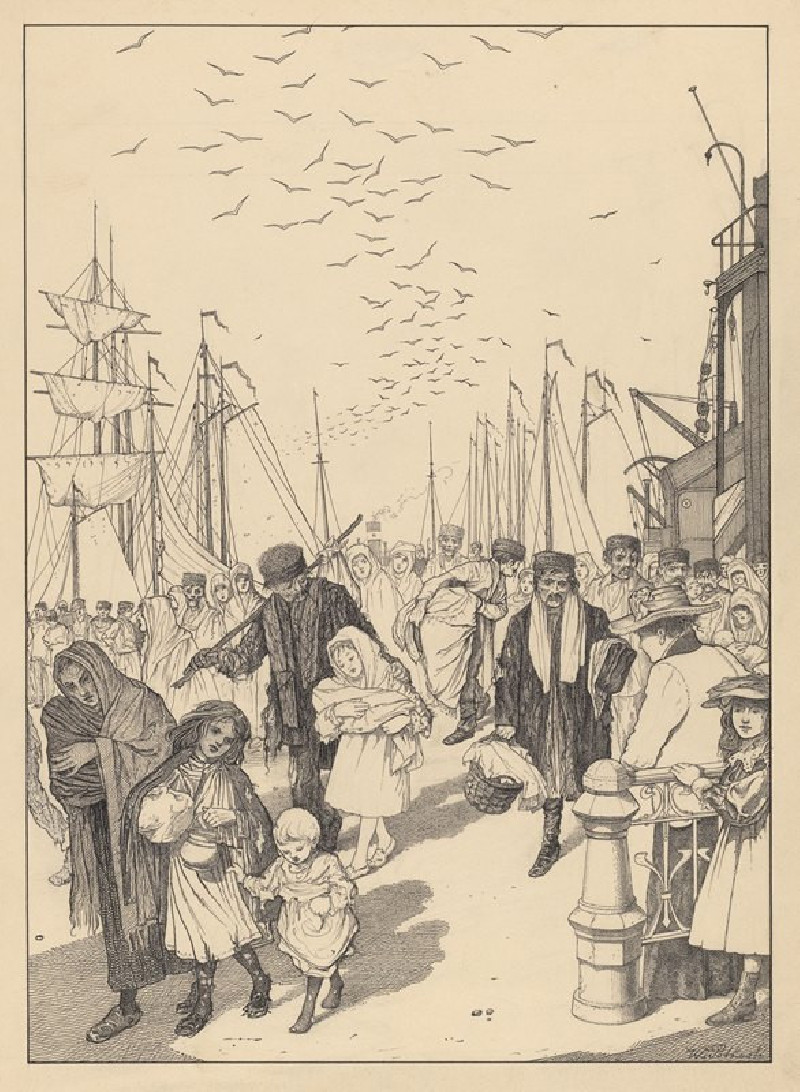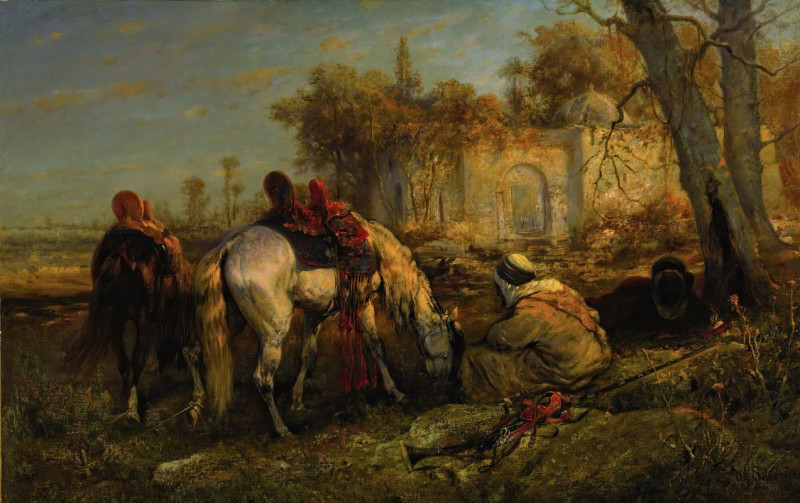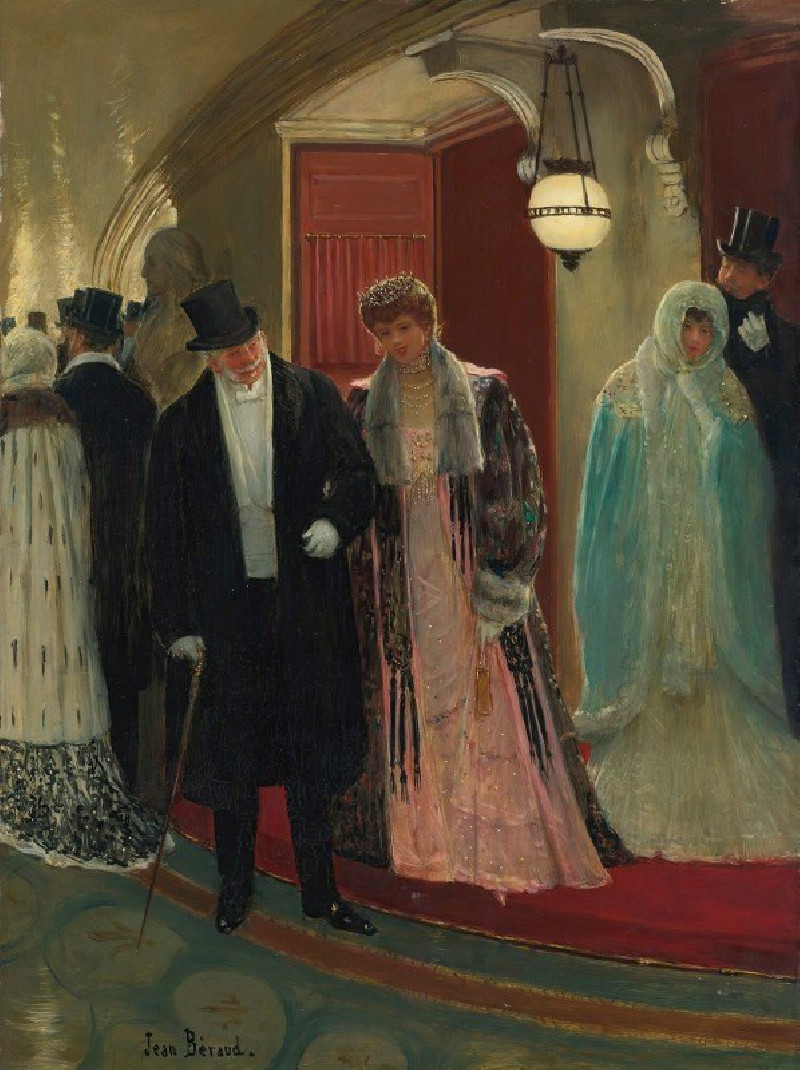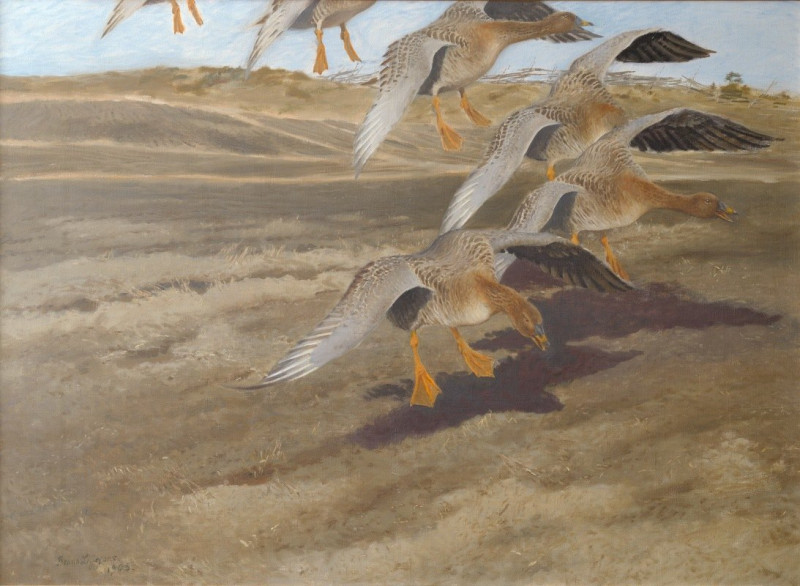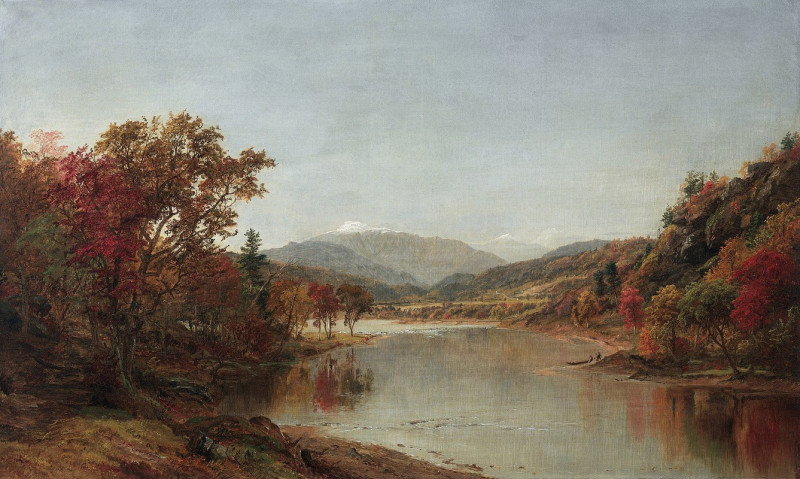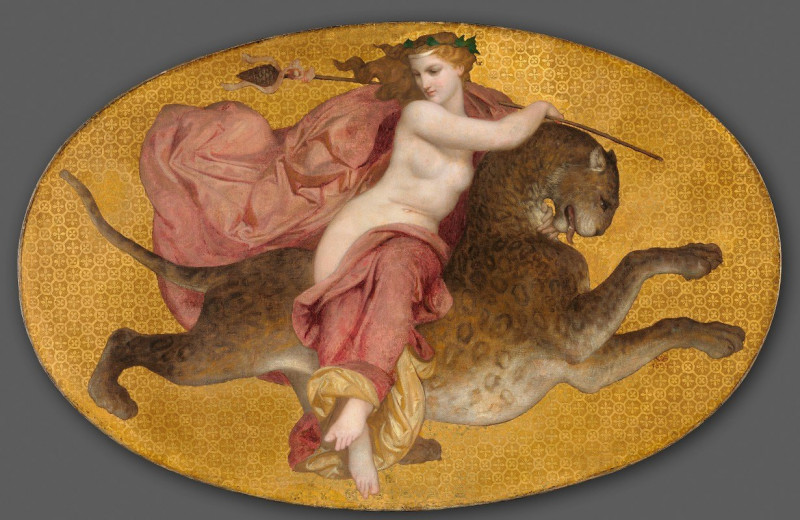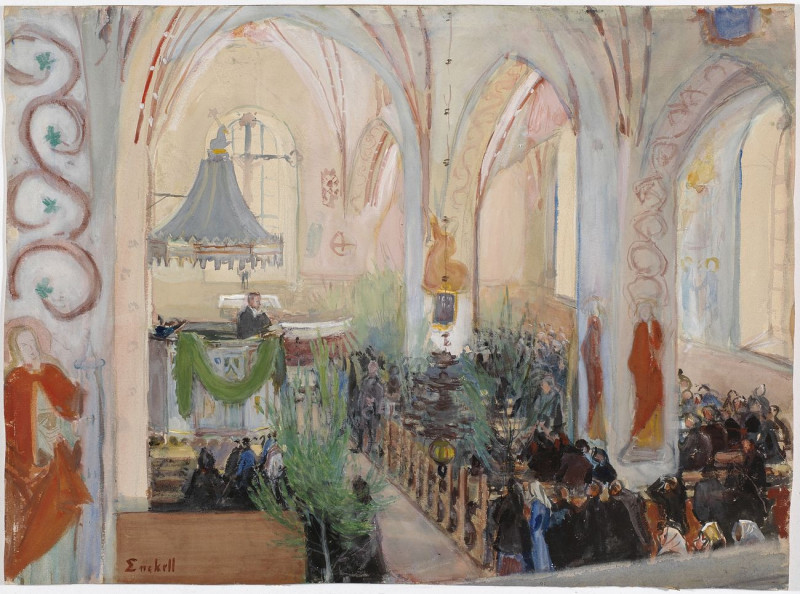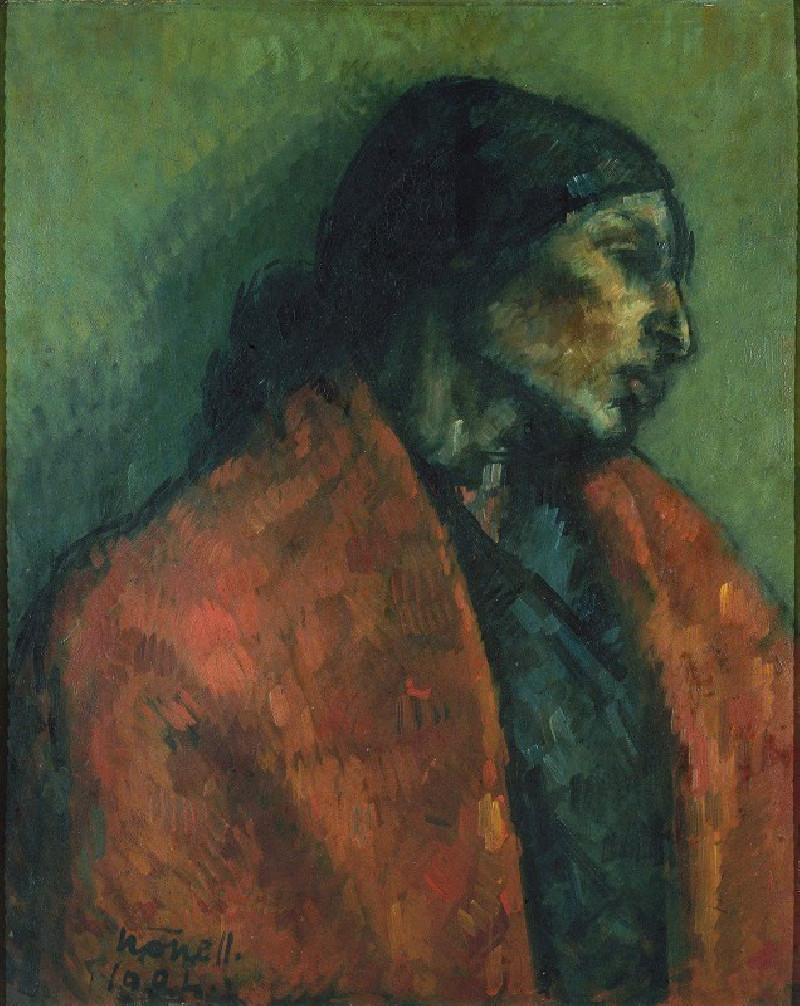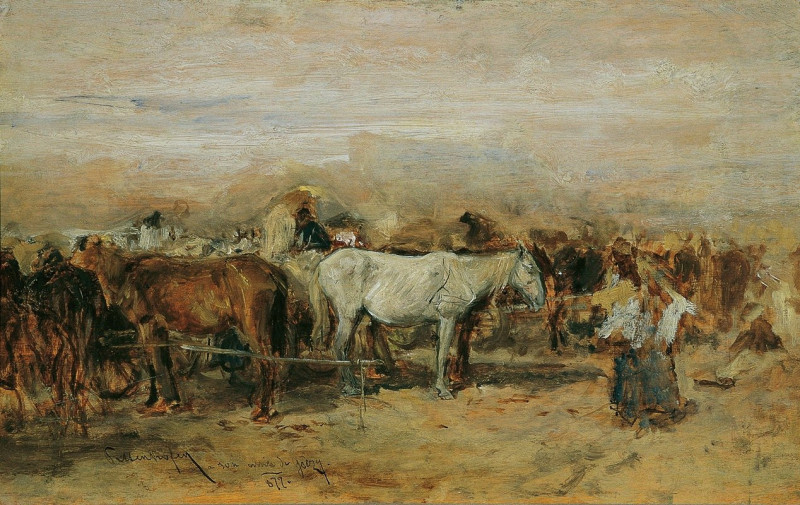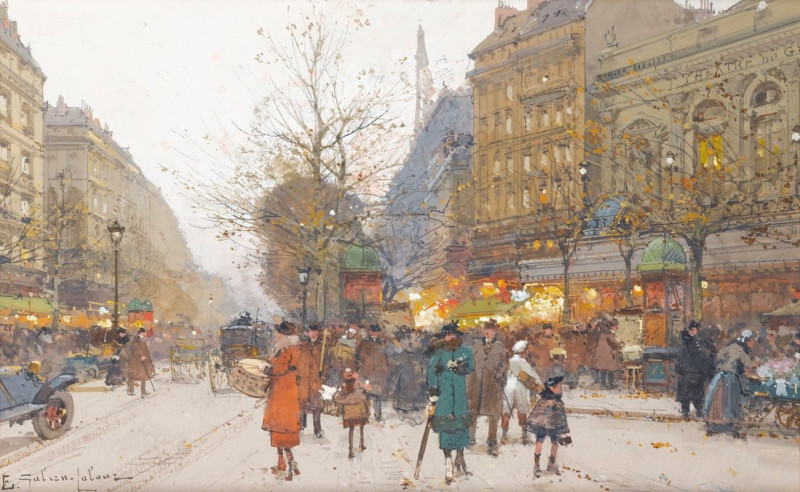Mother'S Kiss
Technique: Giclée quality print
Recommended by our customers
More about this artwork
The painting "Mother's Kiss" by Mary Cassatt depicts an intimate and tender moment between a mother and her child. In this artwork, the mother is seen in a seated position, holding her child gently yet securely in her lap. The child, nude except for a diaper, faces the mother, nestled comfortably against her.The mother's affection is palpable as she leans forward to kiss her child on the mouth. Both the mother's and child's faces express a serene contentment, capturing the essence of maternal love and the bond between parent and child. The child’s hands are placed on the mother's shoulder, enhancing the closeness of their embrace.Aesthetically, the simplicity of the composition focuses attention on the interaction between mother and child. The use of delicate line work, particularly in detailing the mother's hair and the intricate pattern on her dress, adds a gentle texture to the scene. The mostly monochromatic palette, with the subtle use of brown and minimalistic background, emphasizes the central figures and the warmth of their engagement.Mary Cassatt, known for her representations of mothers and children, conveys not just the physical connection but also the emotional depth within such relationships. This drawing is a beautiful example of her ability to capture everyday moments of family life with both realism and emotional resonance.
Delivery
Returns
Mary Stevenson Cassatt was an American painter and printmaker. She was born in Allegheny City, Pennsylvania (now part of Pittsburgh’s North Side), but lived much of her adult life in France where she befriended Edgar Degas and exhibited with the Impressionists. Cassatt often created images of the social and private lives of women, with particular emphasis on the intimate bonds between mothers and children.
She was described by Gustave Geffroy as one of "les trois grandes dames" (the three great ladies) of Impressionism alongside Marie Bracquemond and Berthe Morisot.In 1879, Diego Martelli compared her to Degas, as they both sought to depict movement, light, and design in the most modern sense.


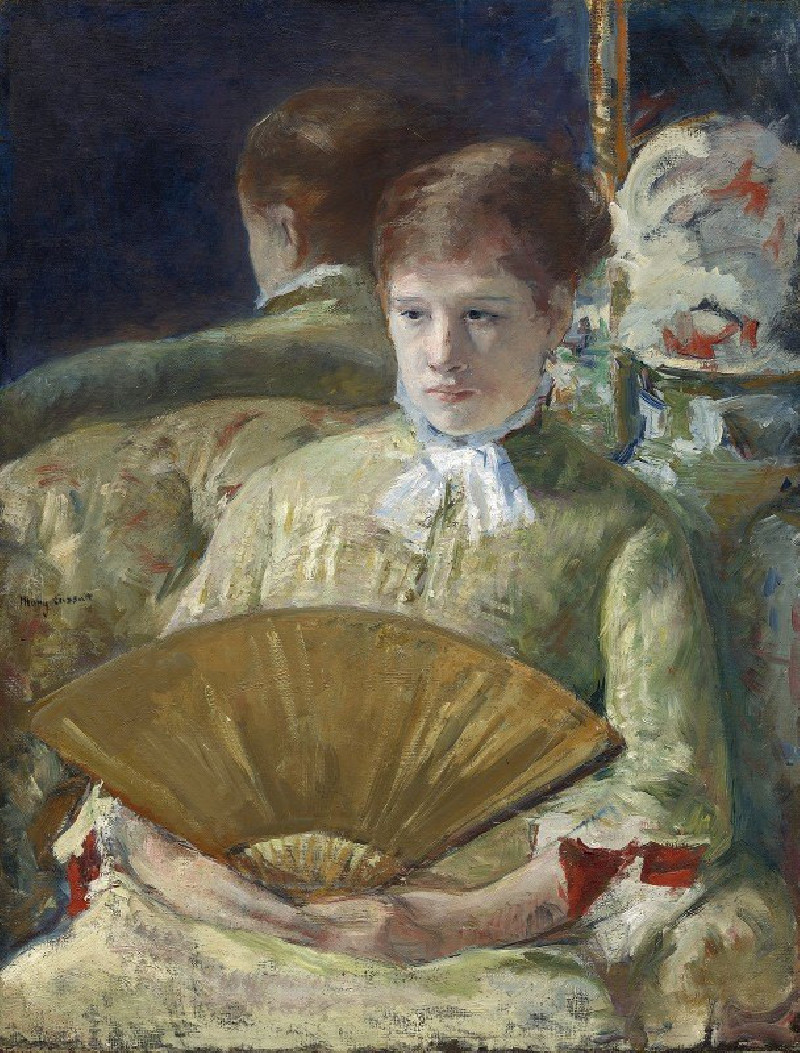
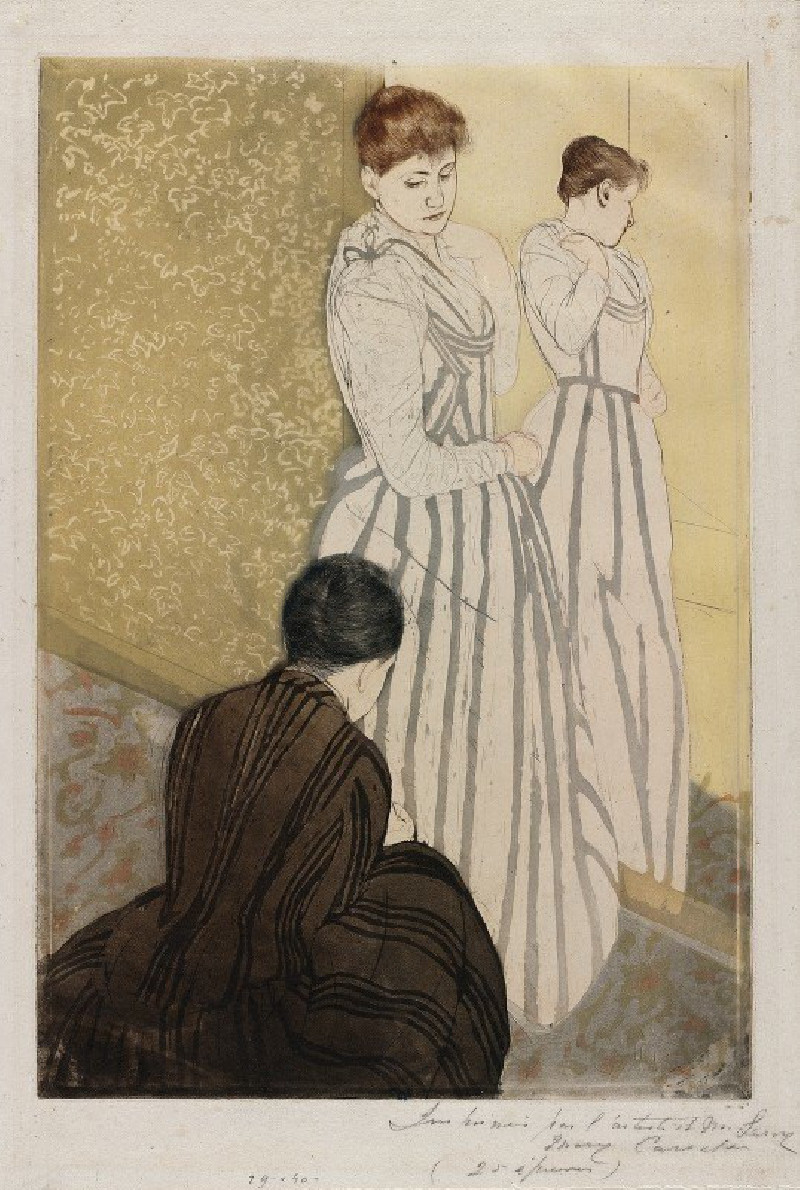
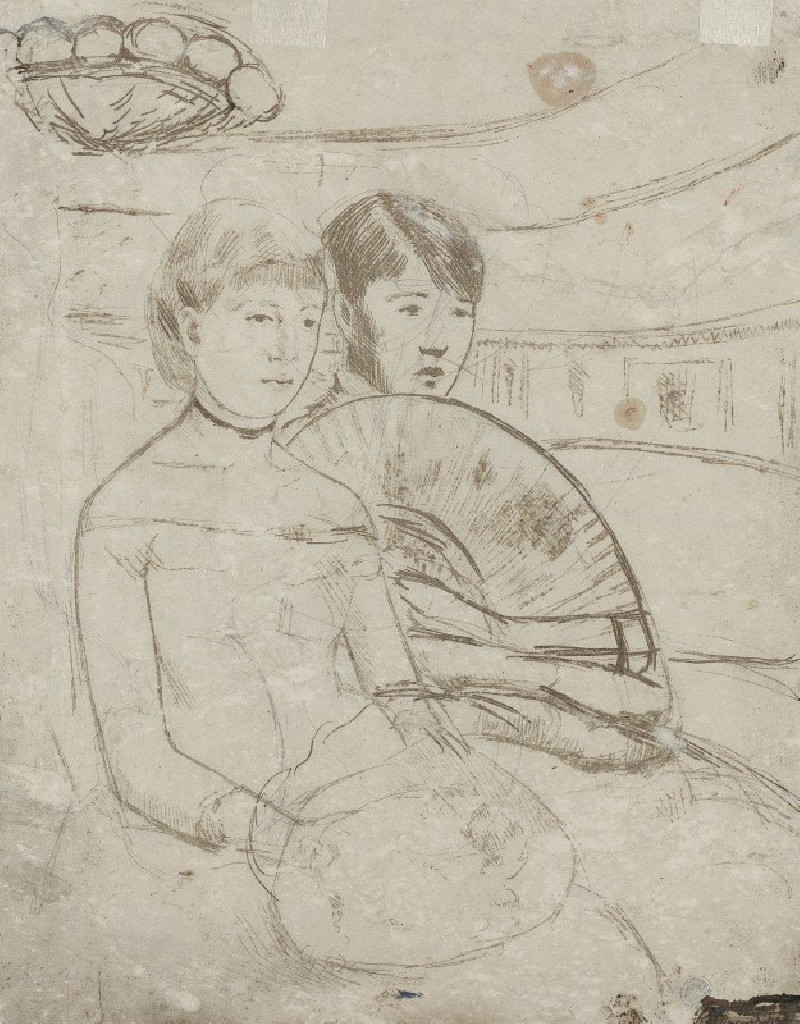
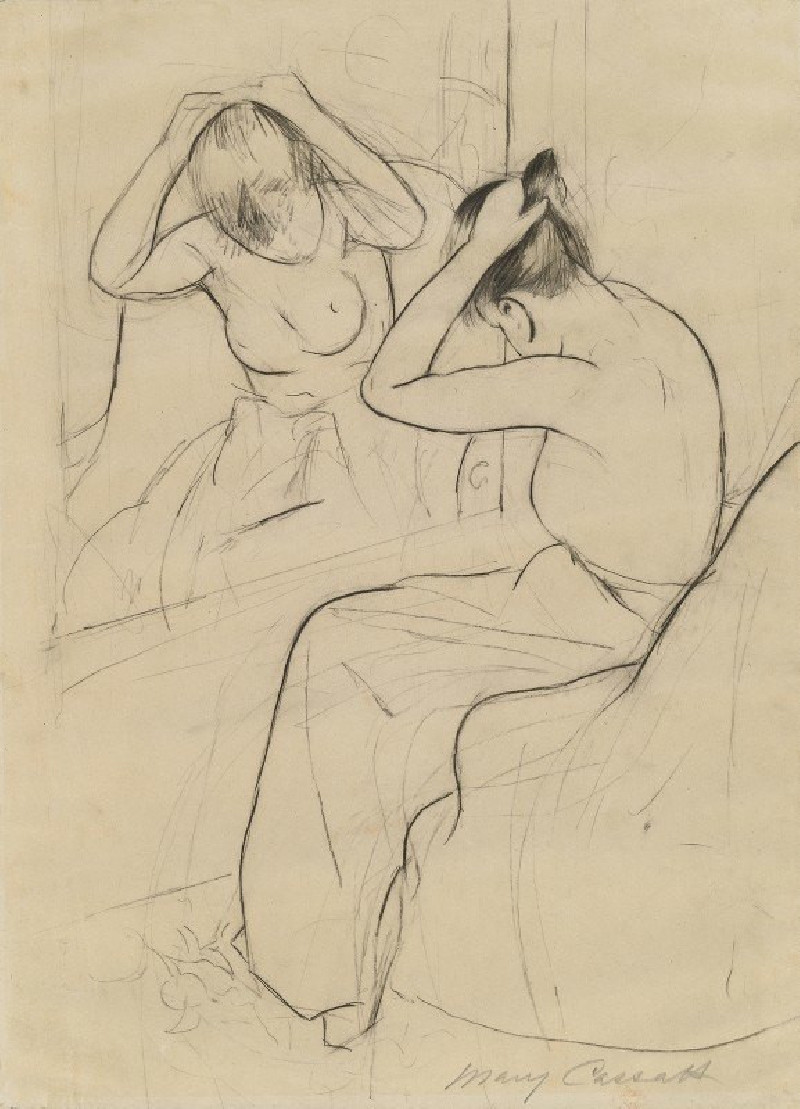



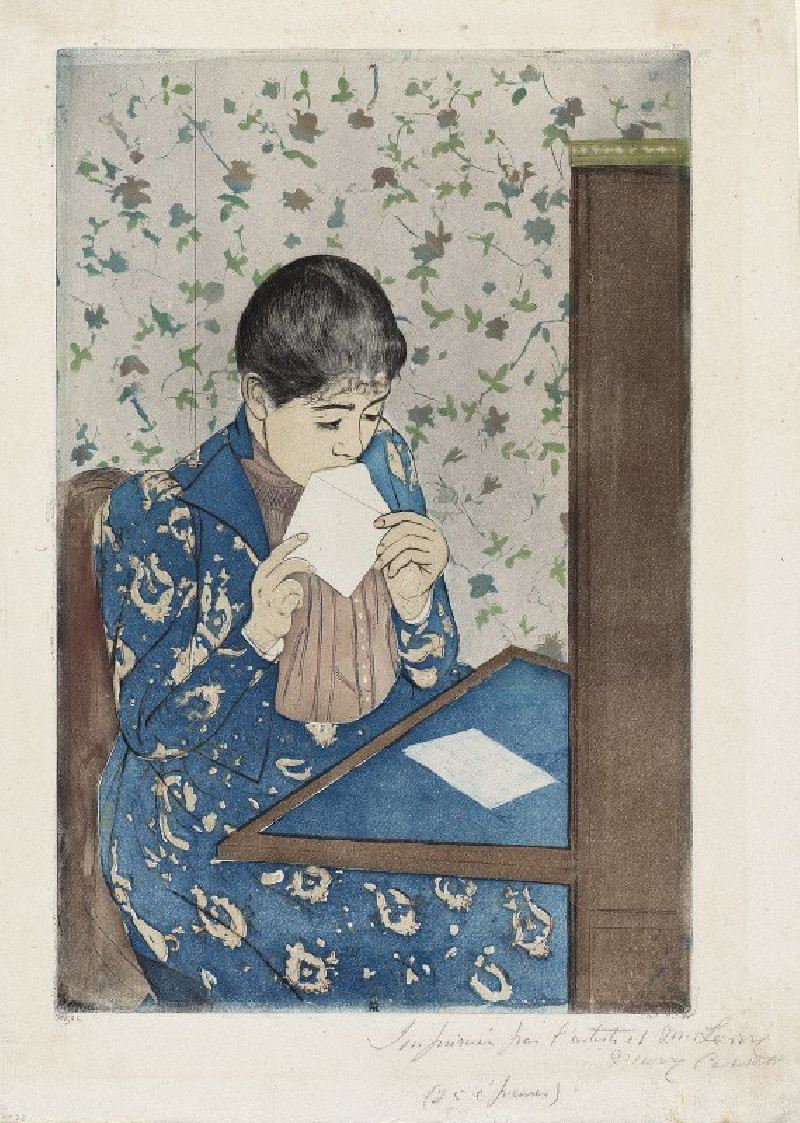
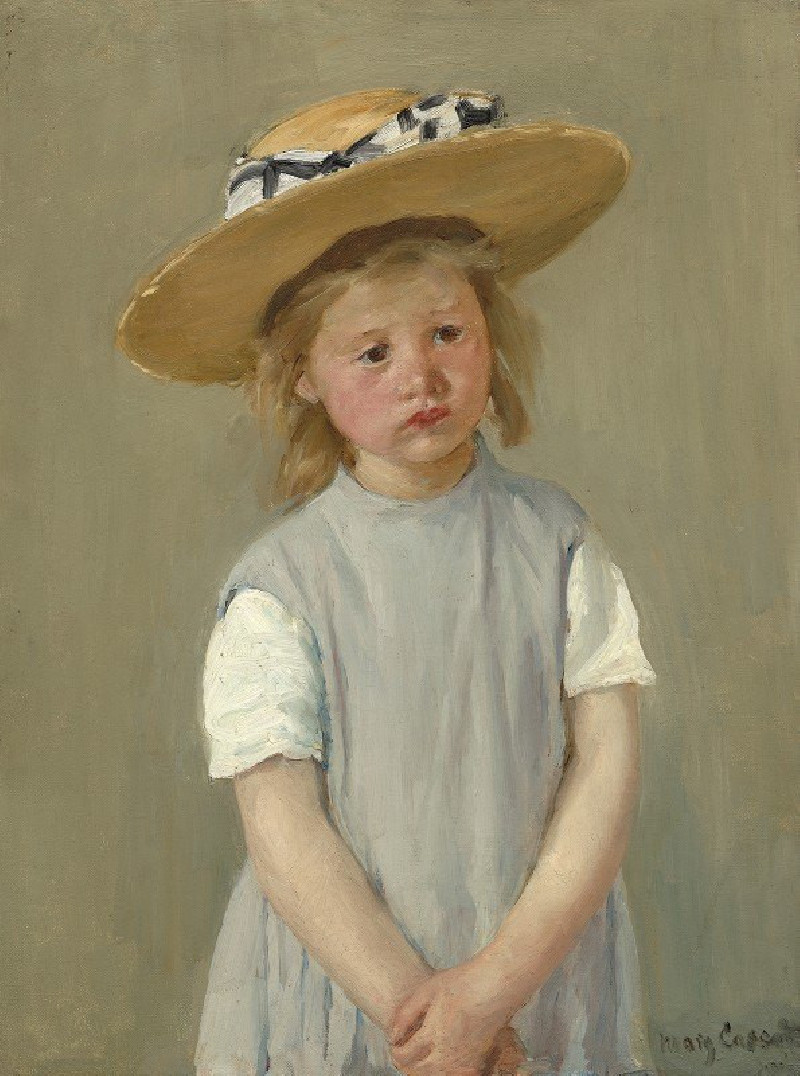
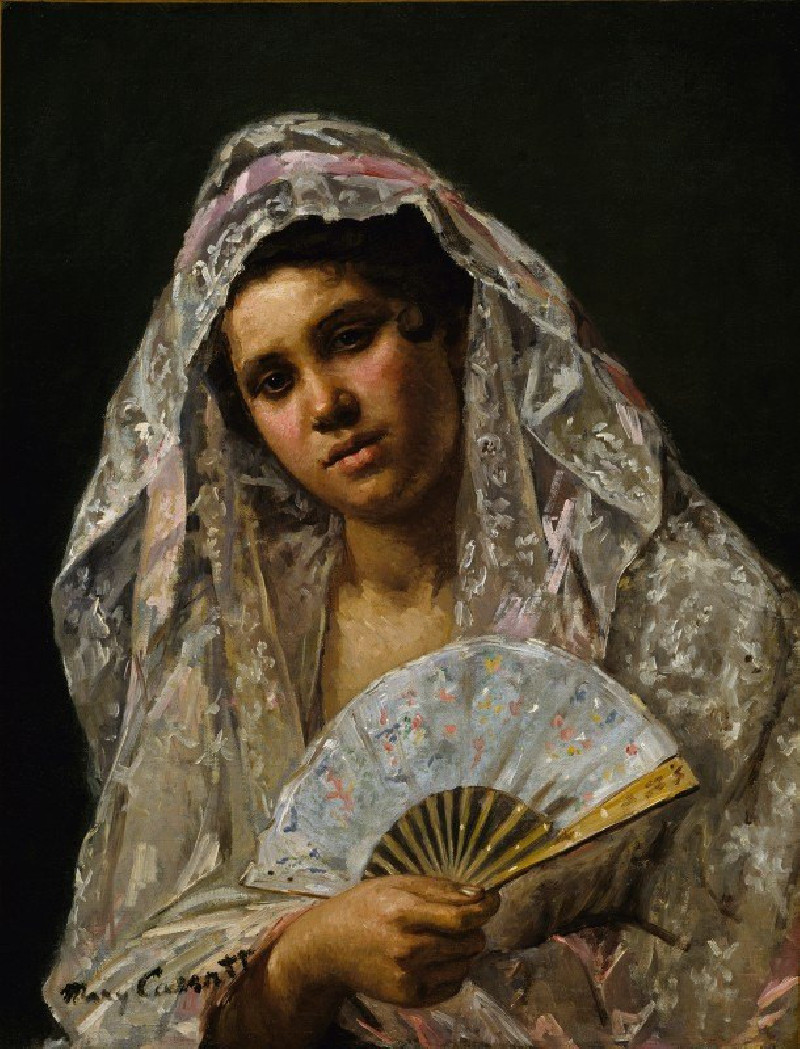
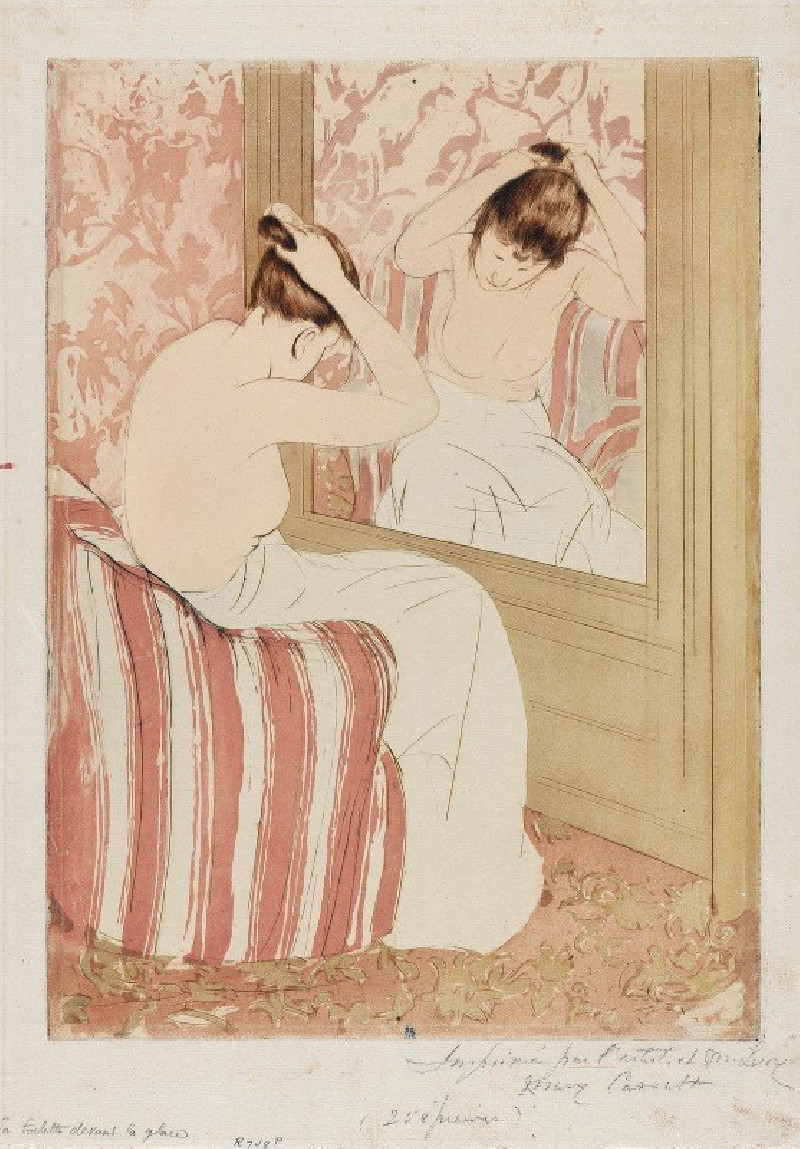
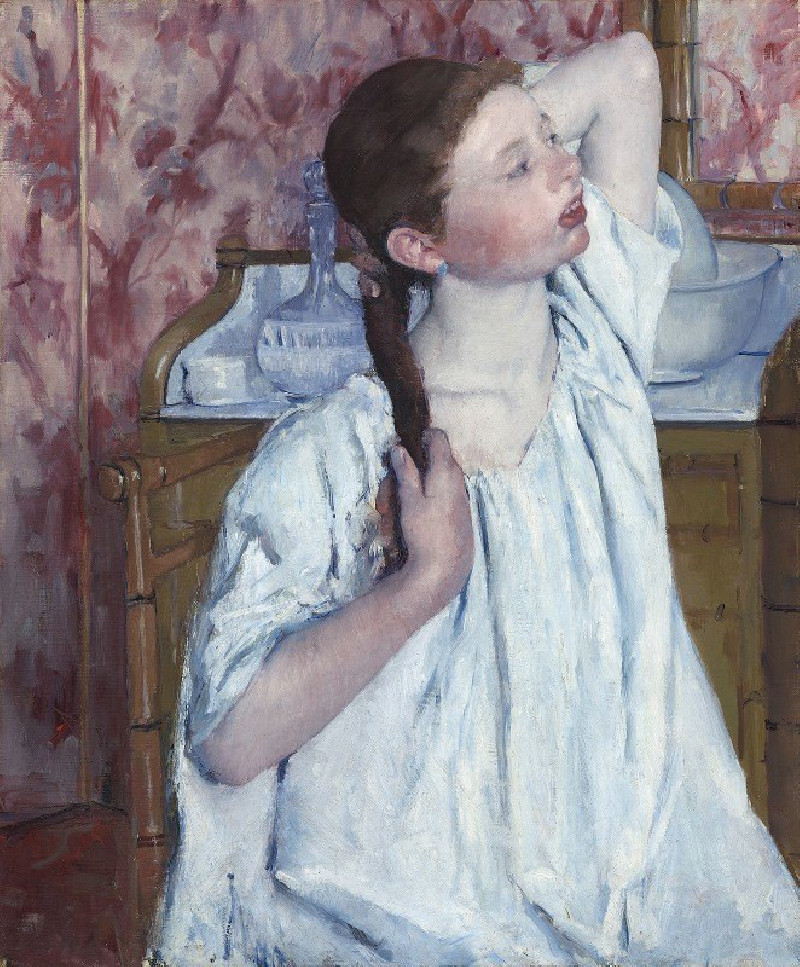
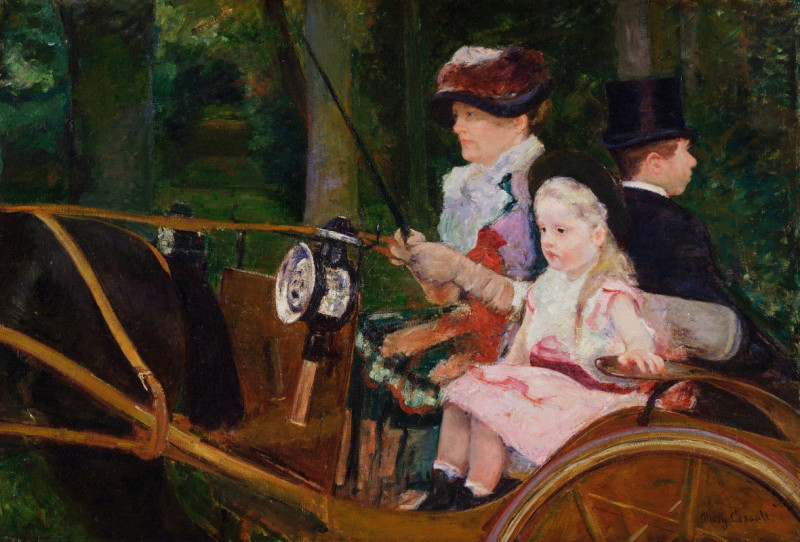

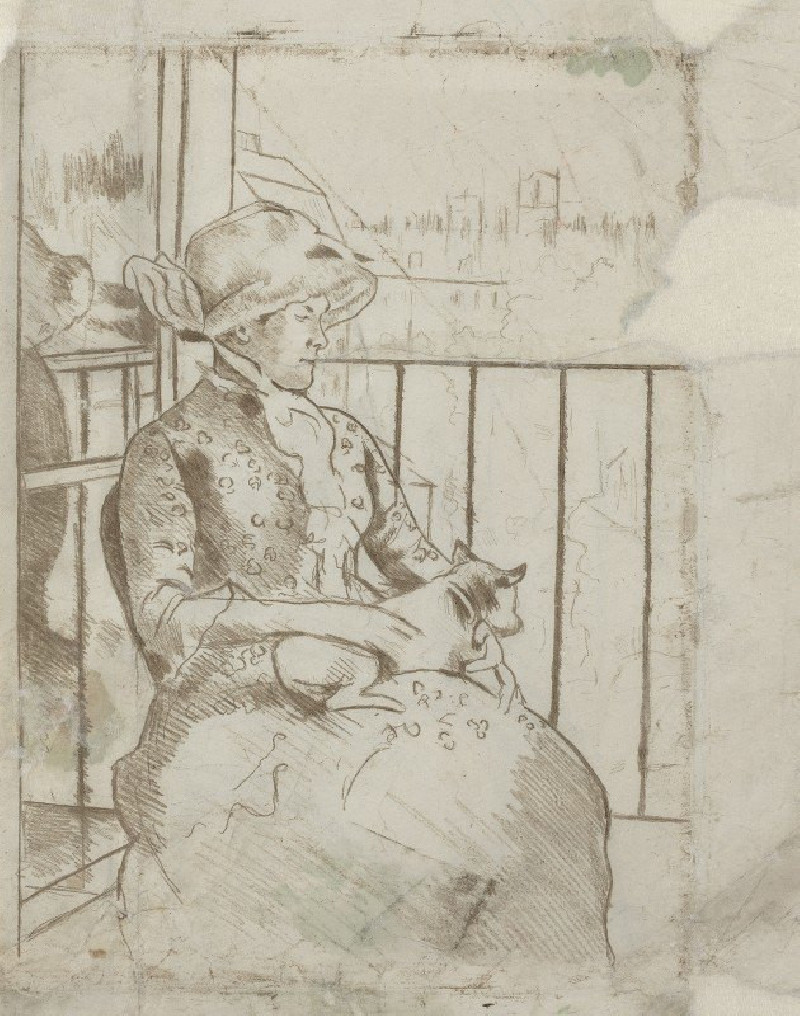


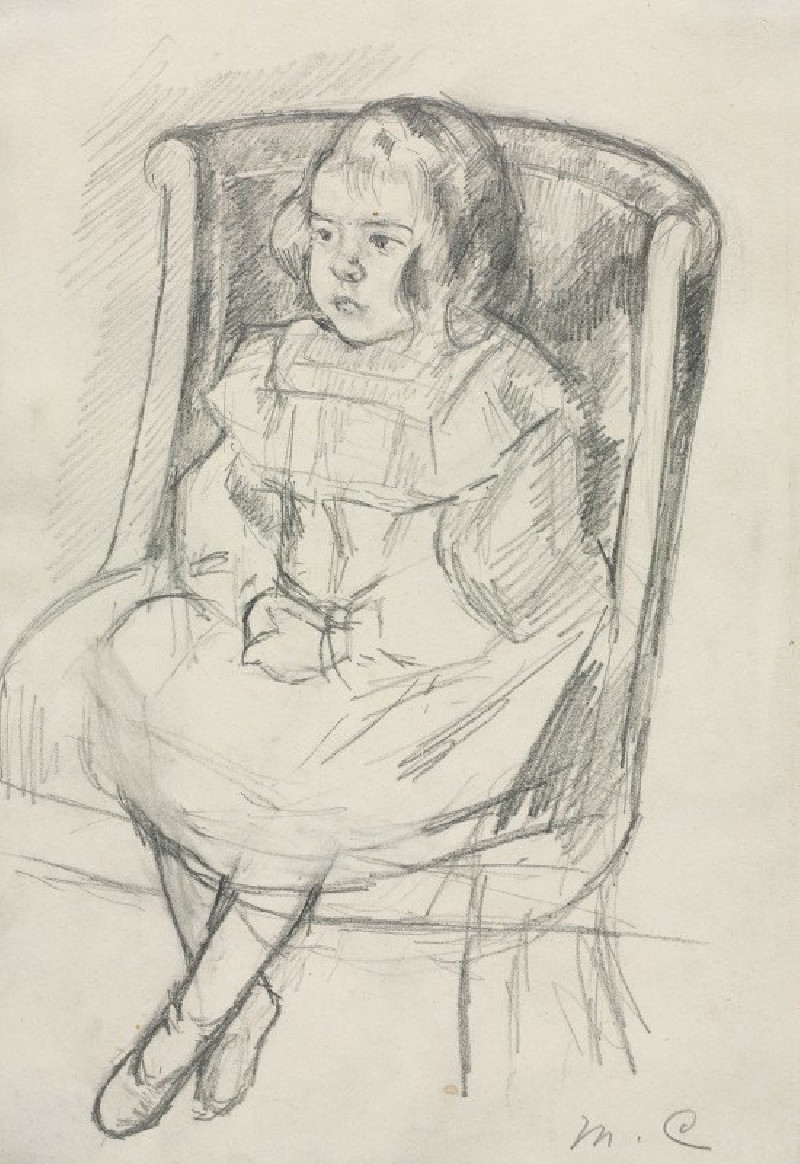

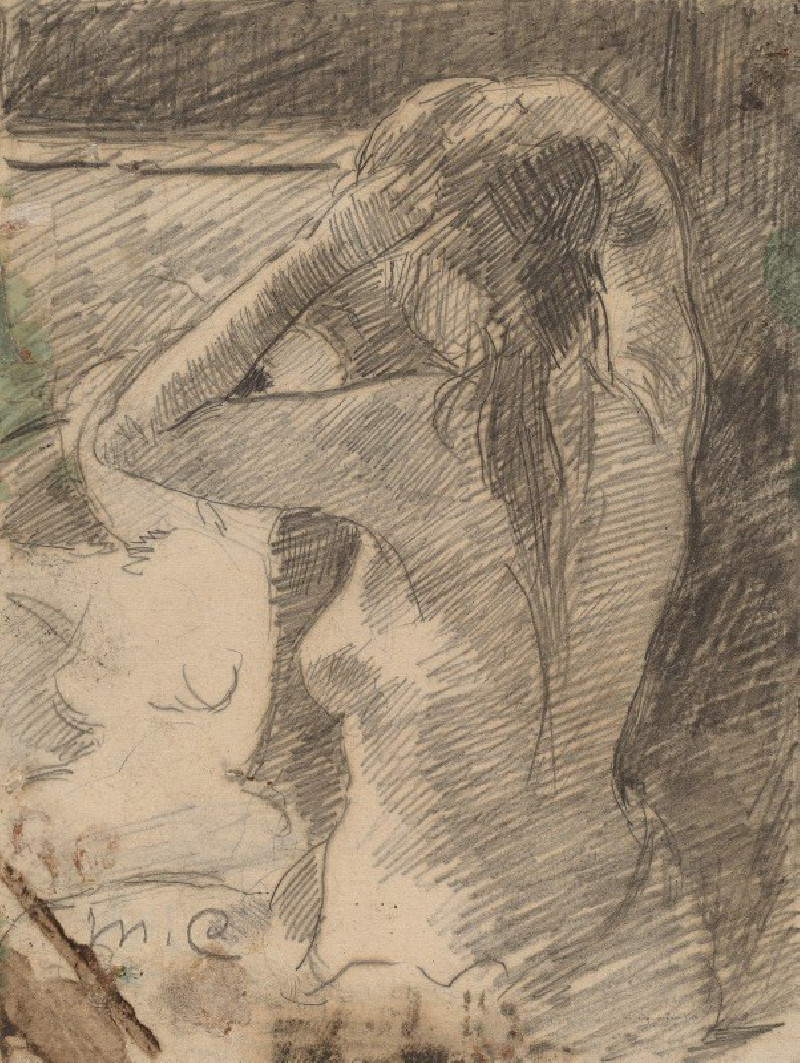
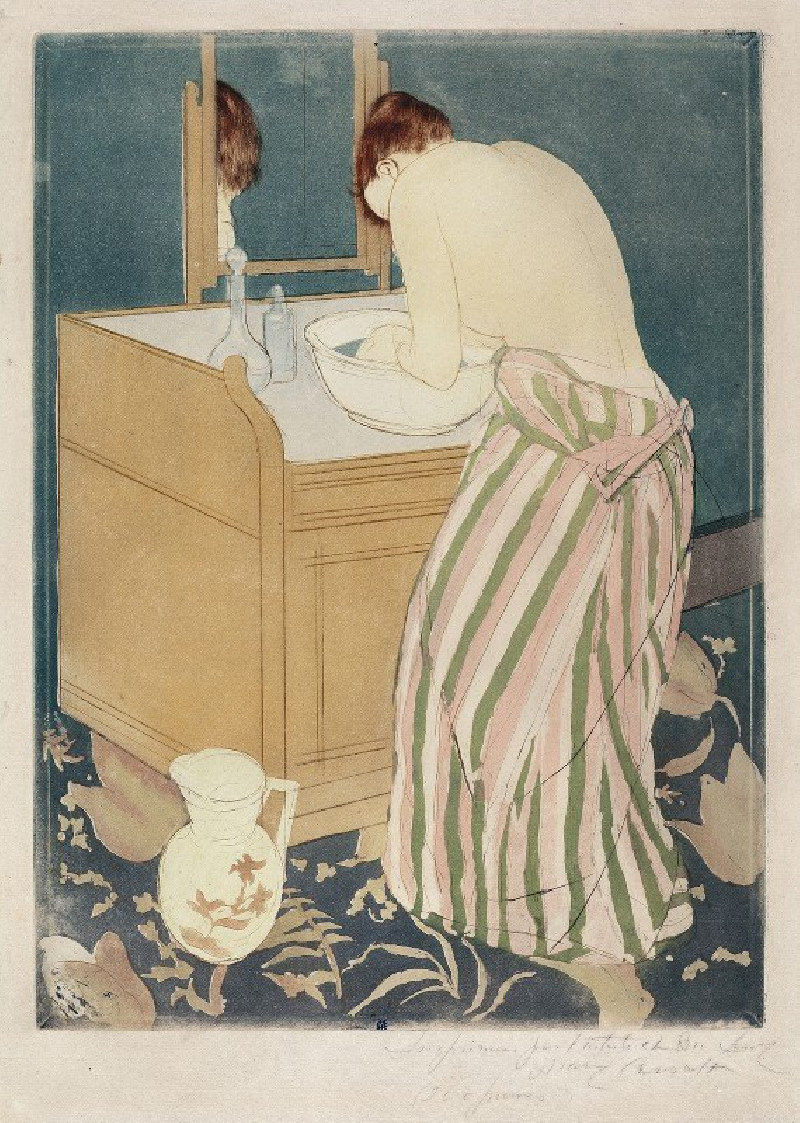

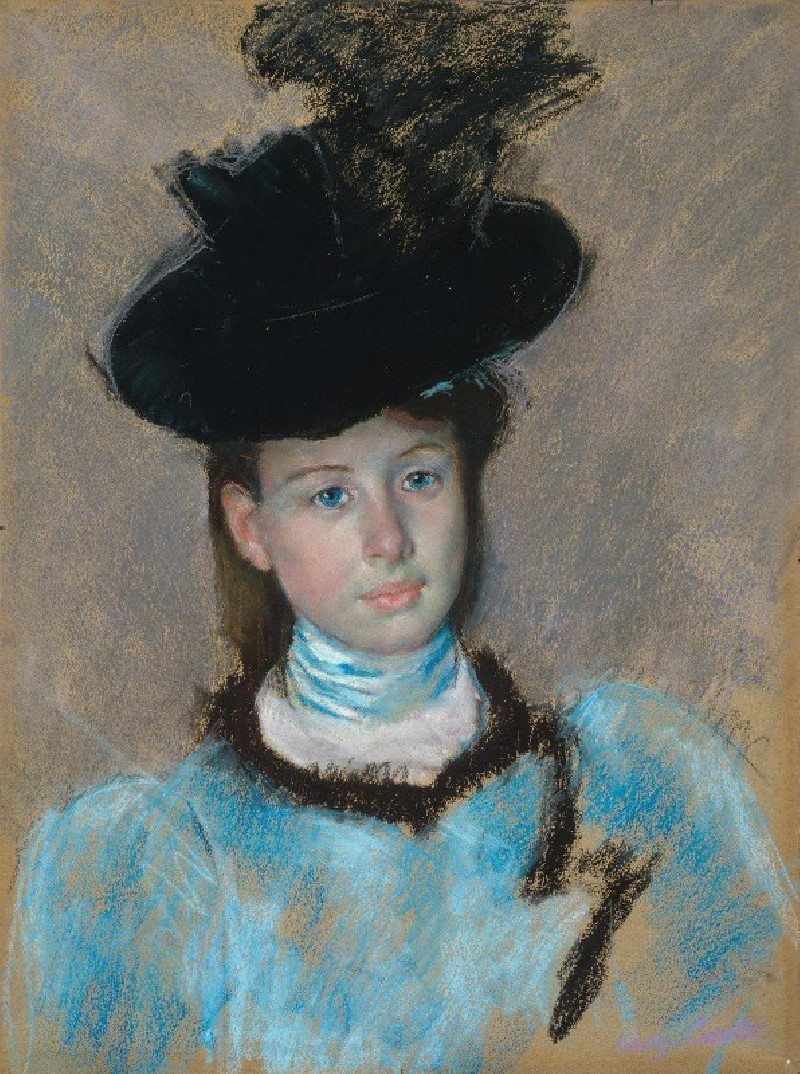
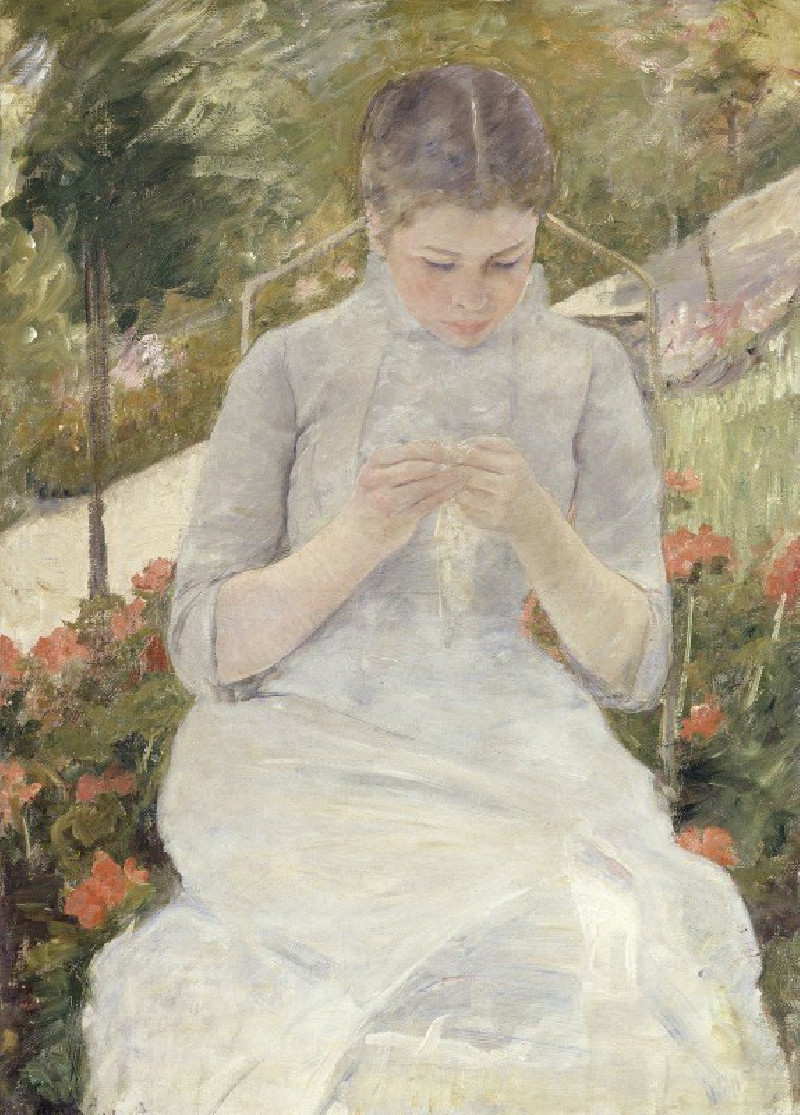
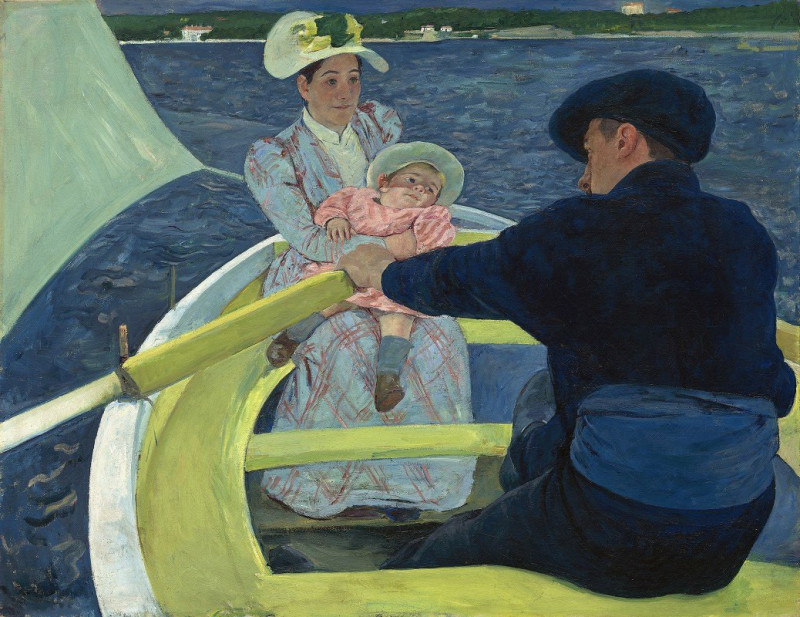


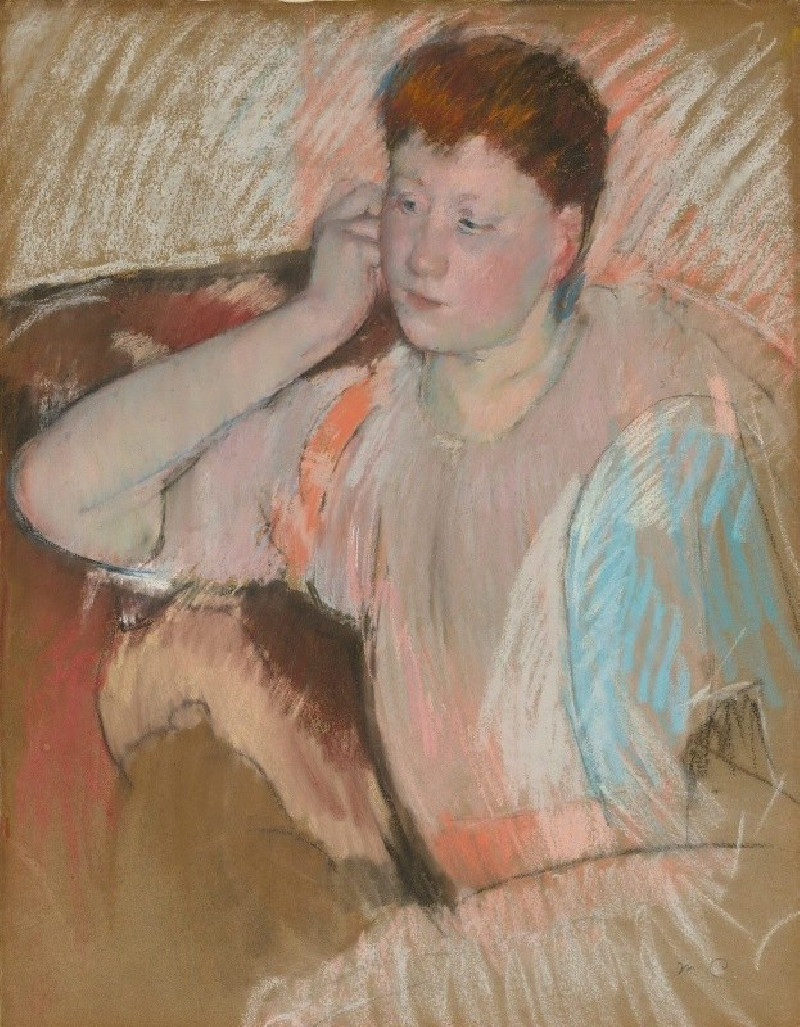
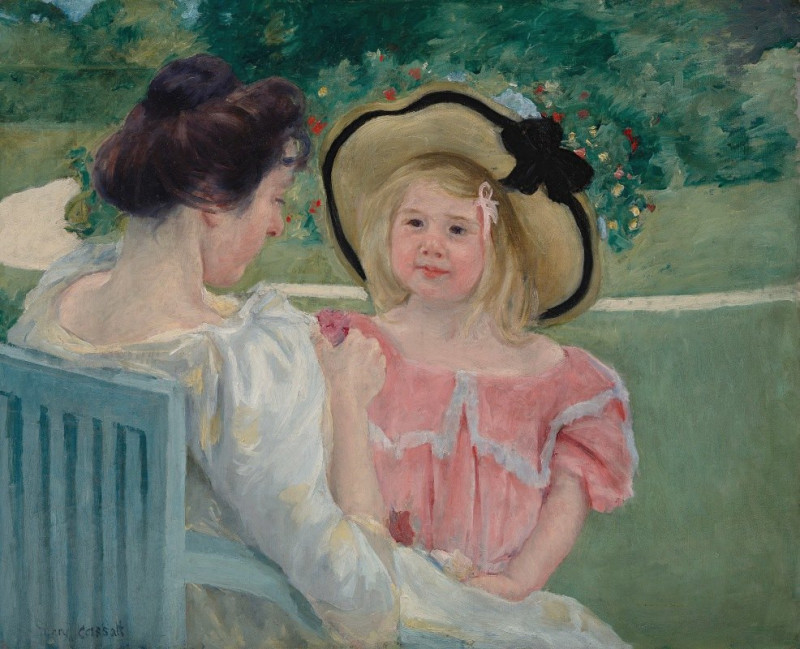
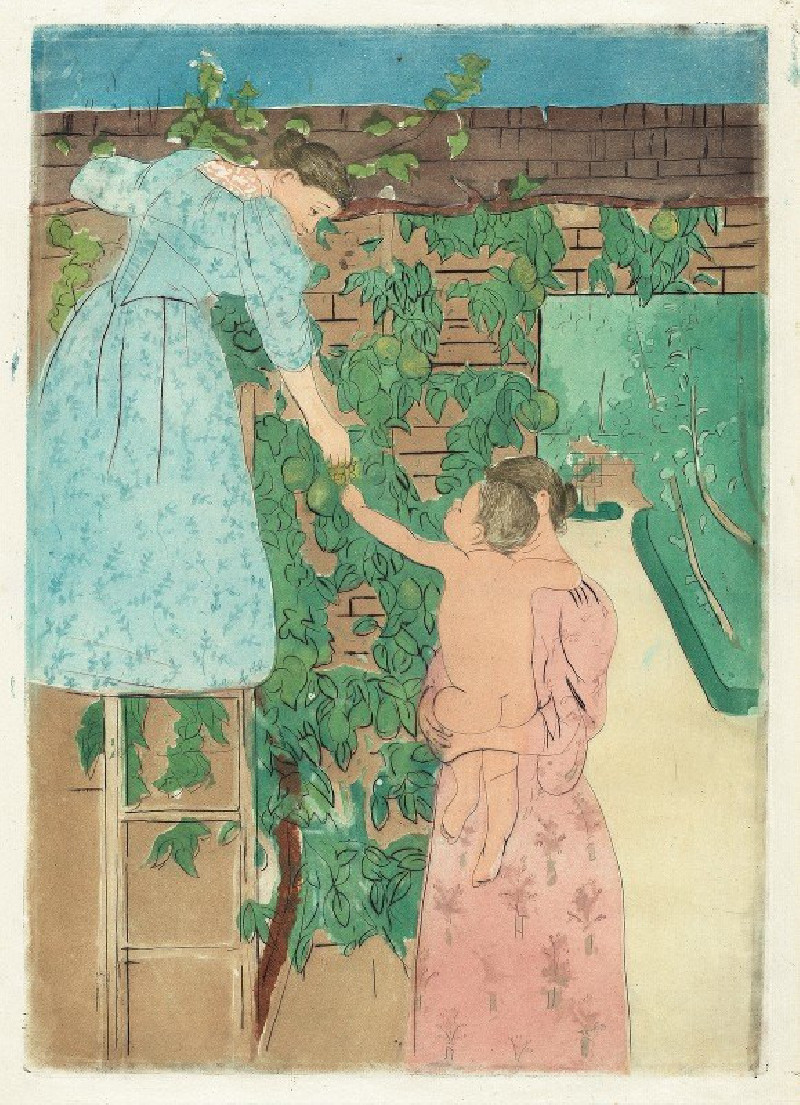
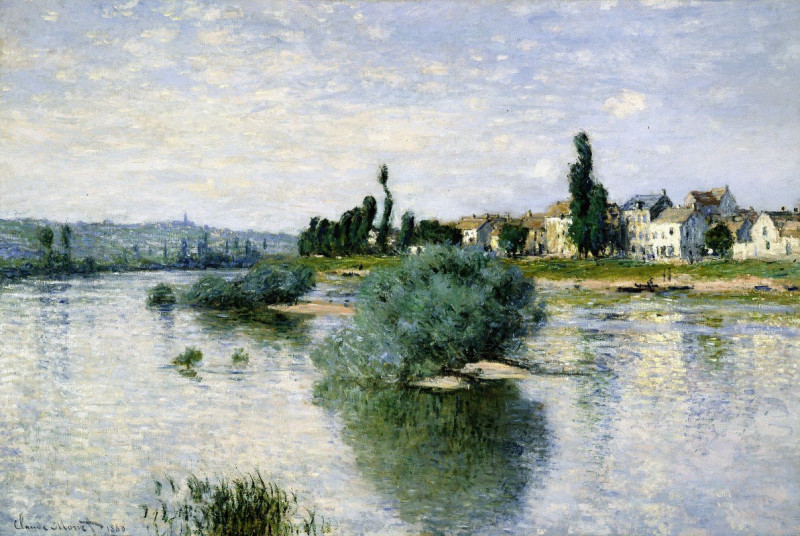
![Wady Dabod [Wadi Dabod], Nubia. Nov. 16th, 1838. (1846-1849) reproduction of painting by David Roberts. ALL GICLEE PRINTS](https://reprodukcijos.lt/39197-large_default/reproduction-of-wady-dabod-wadi-dabod-nubia-nov-16th-1838-1846-1849.jpg)
